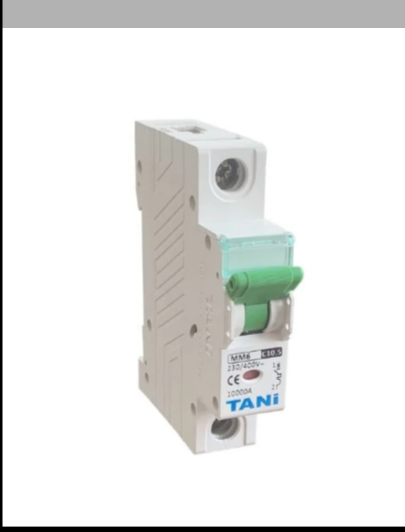Introduction
Circuit breakers play a crucial role in protecting electrical circuits from overloads, short circuits, and other faults. They are available in various ratings, each designed to handle specific electrical loads and conditions. Understanding the different ratings of circuit breakers is essential for selecting the right breaker for your application and ensuring the safety and reliability of your electrical system. This blog will explain the key ratings of circuit breakers and their significance.
Voltage Rating
The voltage rating of a circuit breaker indicates the maximum voltage at which it can safely operate. It is important to select a breaker with a voltage rating that matches or exceeds the voltage of the circuit it is protecting. Common voltage ratings for circuit breakers include 120V, 240V, and 480V, among others.
Current Rating
The current rating of a circuit breaker, also known as the ampere rating, indicates the maximum current that the breaker can safely carry continuously. It is essential to select a breaker with a current rating that matches the expected load of the circuit. Common current ratings for residential circuit breakers include 15A, 20A, and 30A.
Interrupting Rating
The interrupting rating, also known as the short-circuit current rating (SCCR), indicates the maximum fault current that a circuit breaker can safely interrupt without sustaining damage. This rating is crucial for ensuring the safety of personnel and equipment in the event of a short circuit. It is important to select a breaker with an interrupting rating that exceeds the available fault current in the circuit.
Trip Curve
The trip curve of a circuit breaker indicates how quickly it will trip in response to an overload or short circuit. Circuit breakers are available in different trip curves to accommodate various applications. For example, a circuit breaker with a "slow" trip curve may be suitable for motors and other equipment with high inrush currents, while a breaker with a "fast" trip curve may be used for sensitive electronics.
Temperature Rating
The temperature rating of a circuit breaker indicates the maximum ambient temperature at which it can safely operate. It is important to select a breaker with a temperature rating that matches the operating environment to prevent overheating and premature failure.
Combination Ratings
Some circuit breakers have combination ratings, indicating that they meet multiple standards or criteria. For example, a circuit breaker may have a voltage rating of 120/240V, indicating that it can be used in circuits with either voltage. Similarly, a circuit breaker may have a current rating of 15/20A, indicating that it can be used in circuits with either current rating.
Conclusion
Understanding the different ratings of circuit breakers is essential for selecting the right breaker for your application and ensuring the safety and reliability of your electrical system. By considering the voltage rating, current rating, interrupting rating, trip curve, temperature rating, and any combination ratings, you can choose a circuit breaker that meets your specific requirements and provides optimal protection for your circuits and equipment.
